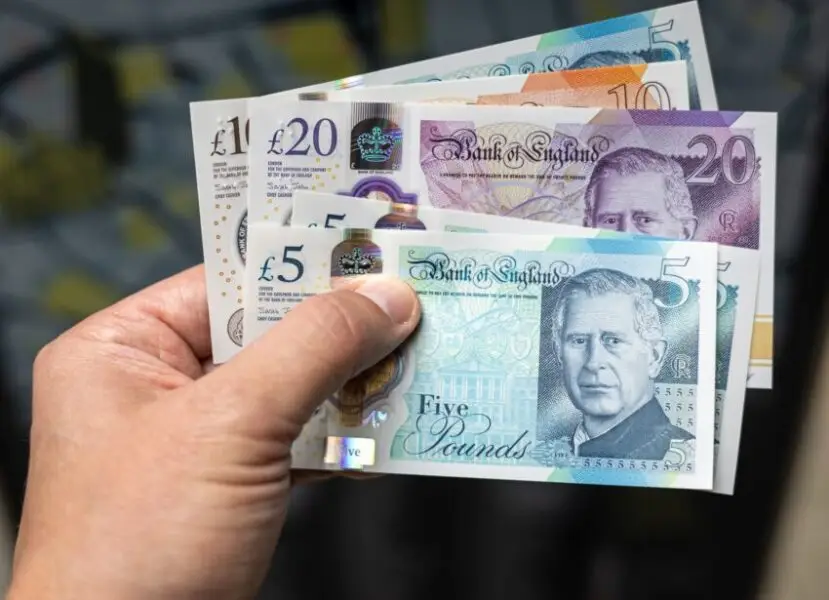The UK tax system has a profound anomaly affecting high earners. Over half a million individuals find themselves paying up to 60% in income tax. The peculiarity has grown significantly, causing economic concerns.
The Income Tax Trap
More than half a million individuals now pay up to 60% in income tax on top portions of their earnings. This record number has been highlighted by Bowmore Financial Planning. Salaries between £100,000 and £125,000 fall into this tax anomaly.
The Quirk in the System
Including national insurance contributions, the effective rate rises to 62%. The number of higher earners subject to the 60% marginal rate rose by 23% in the year leading up to April.
Penalties Beyond Taxes
This makes a pay rise above this threshold financially disadvantageous.
The Call for Change
He warns that it disincentivises people from working harder, being more productive, and ultimately generating economic growth.
Freezing Income Tax Thresholds
Both thresholds are set to remain until 2028.
Fiscal Drag and Its Impact
The 40% higher income tax rate was paid by 3.5% of taxpayers in the 1991-92 tax year, roughly 1.6 million people.
Projections for the Future
Had the higher rate threshold kept pace with inflation, it would exceed £55,000 today, according to the Resolution Foundation.
Savings and Interest Rates
With average interest rates on easy-access savings accounts now at 2.79%, basic-rate taxpayers would breach the limit with savings of about £35,850.
The UK’s tax system anomaly for high earners is a growing issue. Addressing this quirk is essential to encourage productivity.
Bowmore Financial Planning’s call for reform highlights the need for a fairer system. Tackling these discrepancies is crucial for economic growth.

